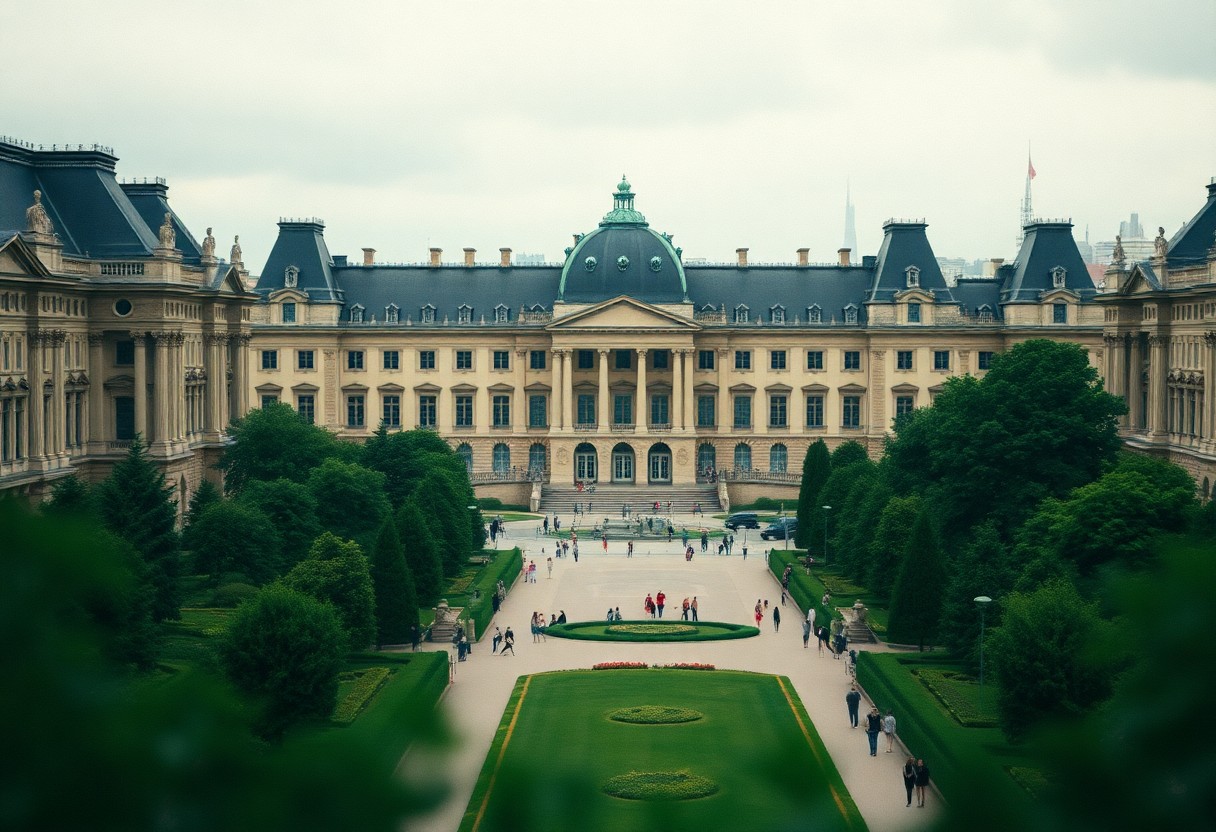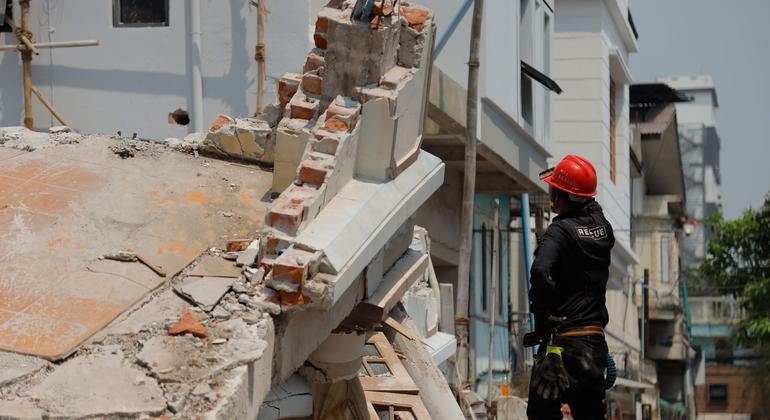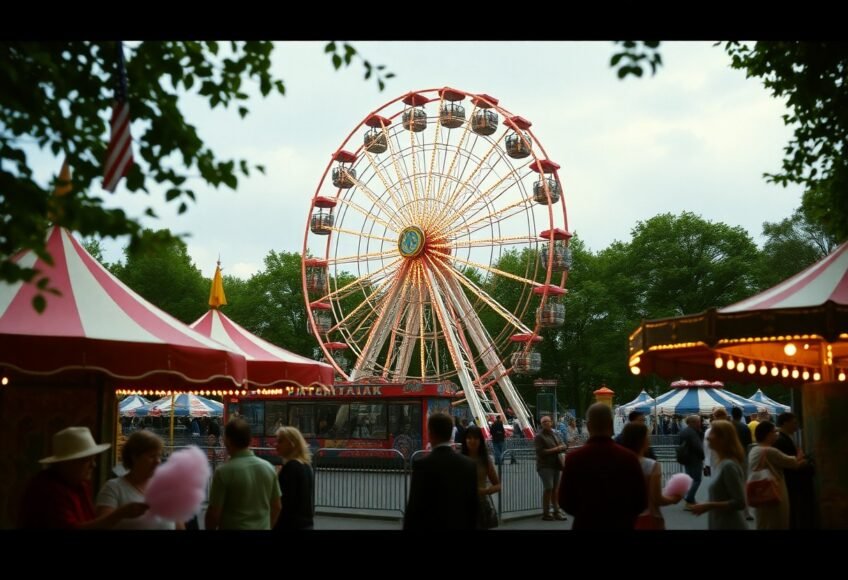Experience the Splendor of Brussels’ Palace of Justice in 5 Easy Steps
Cultural discovery meets architectural magnificence on your journey to the iconic Palace of Justice in Brussels. This towering symbol of Belgian heritage is more than just a judicial building—it’s a monument to history, law, and art. With just five simple steps, you can unlock the grandeur of this neoclassical gem, explore its cultural significance, and take in sweeping views of the city. Prepare to be inspired by the stories etched into its stone and the experiences that await within its walls.
Historical Significance of the Palace of Justice
Constructed in the late 1800s, the Palace of Justice stands as a powerful emblem of Belgium’s legal history. As one of the largest courthouses in the world, it represents the evolution of the Belgian judiciary and reflects key political and social transformations. During your visit, you’ll discover how this site has weathered the tides of time and symbolized justice for generations.
A Neoclassical Architectural Wonder
Designed by famed architect Joseph Poelaert, the Palace is a masterwork of neoclassical design. Its immense dome dominates the skyline, while colossal columns, elegant façades, and intricate stonework highlight every corner. Each detail—inside and out—contributes to its reputation as one of Brussels’ most awe-inspiring buildings. Whether you’re an architecture enthusiast or casual traveler, the craftsmanship will leave a lasting impression.
A Cultural Beacon in the Heart of Brussels
Far more than a court, the Palace of Justice plays a vital cultural role. For decades, it has been a venue for civic events, legal milestones, and public gatherings. It’s a place where Belgian ideals—democracy, justice, and equality—come to life. On occasion, it even transforms into a destination for art exhibitions, educational lectures, and community celebrations, deepening your appreciation of the nation’s cultural fabric.
Preparing for Your Visit
To make the most of your experience, a little preparation goes a long way. Start by brushing up on the history and design of the building to enrich your understanding. Check the latest information about open hours, guided tour availability, and visitor regulations to ensure a smooth and rewarding visit.
Best Times to Go
Plan your visit during spring or early autumn for mild weather and fewer tourists. Early mornings or late afternoons are perfect for a quieter, more immersive experience. Weekdays tend to be less crowded, allowing more space and time to explore.
What to Bring
Wear comfortable shoes—this landmark is massive and best enjoyed on foot. A reusable water bottle and light snack can be helpful during longer visits. Always bring a camera to capture the striking architecture, and consider packing a light jacket for cooler interior spaces. Some tours may require ID, so keep that handy as well.
Exploring the Palace Grounds
The Palace’s exterior alone is worth the trip. Walk along the open plaza, admire the gardens and statues, and enjoy panoramic views of Brussels from its elevated setting. The moment you step onto the grounds, the majesty and scale of the building become clear.
Enhance Your Experience with a Guided Tour
Tour guides offer detailed insights into the palace’s architecture and legacy, bringing its story to life through expert narration. They’ll point out lesser-known features, share court-related anecdotes, and put the historical context into perspective.
Discover Nearby Attractions
Right outside the Palace, you’ll find yourself steps away from cultural highlights like Mont des Arts—renowned for its landscaped gardens and museums. Also nearby are the Royal Palace and the charming Sablon district, known for its antique shops, art galleries, and cozy cafés. These nearby destinations form a cultural corridor that complements your main visit.
Embracing the Local Culture
Beyond majestic architecture, Brussels thrives with culture. Street performers, galleries, and pop-up events infuse the area around the Palace with energy and creativity. Take time to soak in this lively atmosphere and interact with locals—it’s an integral part of your journey.
Eat Like a Local
Don’t miss out on the culinary scene. After your tour, stop by nearby eateries and indulge in Belgian specialties like waffles, fries, or a local beer. Many cafés offer outdoor seating, perfect for relaxing and people-watching in between cultural stops.
Catch a Cultural Event
Depending on the season, you may find art fairs, open-air concerts, or historical exhibits taking place nearby. These events bring contemporary life to Brussels’ rich heritage and offer a glimpse into the city’s creative soul.
Essential Details for Visitors
A well-informed visitor is a happy one. Knowing how to get to the Palace, how accessible it is, and what to expect makes your visit seamless.
Getting There
The Palace of Justice is easily accessible via public transport. Use Brussels’ efficient metro, tram, or bus systems for convenient and affordable access. Rideshare apps and taxis are also available for direct drop-offs.
Accessibility
The site is designed to accommodate all visitors. With wheelchair-access














Leave a Reply